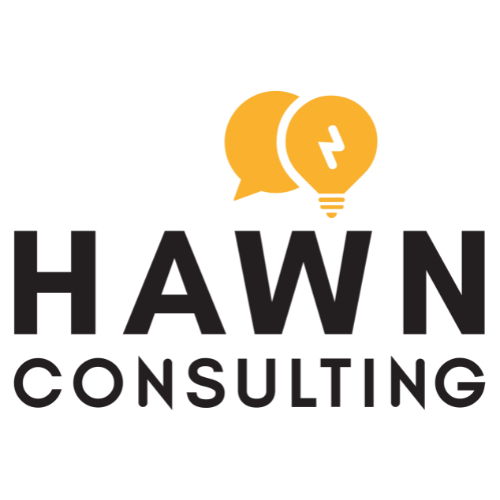Knowing your audience: Why many of us are positioning ourselves the wrong way
This is a three-minute educational read with real actionable tactics.
THE INTRO
You’ve done this before: made assumptions as to who your ideal customer is.
You created a nice persona that reflects who you think will buy your product or service.
But right off the bat, you’ve made a mistake.
This is one of the most common issues I see businesses do - generalizing and assuming without diving into the data.
I’ve heard statements like:
"We know our audience is millennials."
"We mostly deal with retirees."
"Our product is designed to be used by everyone."
If you base your business decisions on assumptions, you'll lose.
Dive into the data!
You need to use real data to correctly understand who they are and what your audience wants.
Build out your audience's wants, needs, pain points, and values and position yourself as their best solution.
Many of us typically generalize our audience - "25-44, males, making between $35-60K annually, live downtown" - something like that.
By doing this, we generalize our positioning and messaging making our content, copywriting, and campaigns inaccurate and ineffective.
Instead, let’s break down what you should be doing before determining your strategies and content that will differentiate you from your competitors.
THE BREAKDOWN
Your existing data available
Look at your existing metrics:
⁃ Who’s following you on social?
⁃ Who’s buying your products?
⁃ Who’s visiting your website?
⁃ Who’s visiting your storefronts?
Start from the initial data you have and gather this to understand the framework of what makes up your audience base.
Aside from your channels, look at large data points - census data, industry reports, etc.
Start outlining the core aspects that are required in order to understand someone:
- Demographics
- Psychographics
- Values
- Timing
- Communication Tools
From this we will start to see patterns that we can now hone in on in our strategies.
Talk to your audience: Dig deeper
After this analysis, you need to connect with your audience (and do so regularly and often).
I’ve read about CEO’s who speak with 5-10 customers a day to understand gathering insight about their product and determining the flaws in their offering.
Ways to hear from your audience:
⁃ Survey data
⁃ One-on-one conversations with past and existing clients (ALOT of them)
⁃ Polls
⁃ Social comments
⁃ Reviews and feedback
This is something that should be done regularly in order to understand how your audience reacts to new products, approaches, and content you are putting out.
Understand what they value
When asking customers for feedback, understand what are the things that matter the most to them:
⁃ Convenience?
⁃ Community?
⁃ Price?
⁃ Status?
By understanding this, you can ensure that you prioritize these in your content and communications.
If you know that your product is not been getting sales but customers say it is difficult to understand all the features/services you offer, then you need to prioritize how to make the process simpler and more convenient to understand and do.
Understand what your audience finds valuable.
Continuously work to adjust and improve your product and processes.
Repeat.
What are their pain points?
What are the things that get in the way of them actually making a purchase?
How can you remove these barriers?
How do you make things easier to understand?
By simplifying your approach, and providing clarity in your positioning, you make the decision easy for your customers.
Things like:
- Have multiple payment options
- Answer frequently asked questions
- Have multiple communication channels to help
- Provide examples of how your product/service works
- Show the benefits of using your product/service
- Show the negatives if they don’t use your product/service
THE CONCLUSION
At the end of the day, by being an active listener you’ll learn a lot about who is the right customer for you.
Many people don’t want to put in the work.
And make assumptions from the start, which then leads to:
- Bad stratgey
- Bad content
- Bad creative
- Bad copywriting
- Bad everything
Know your audience like the back of your hand, and the rest will follow.





